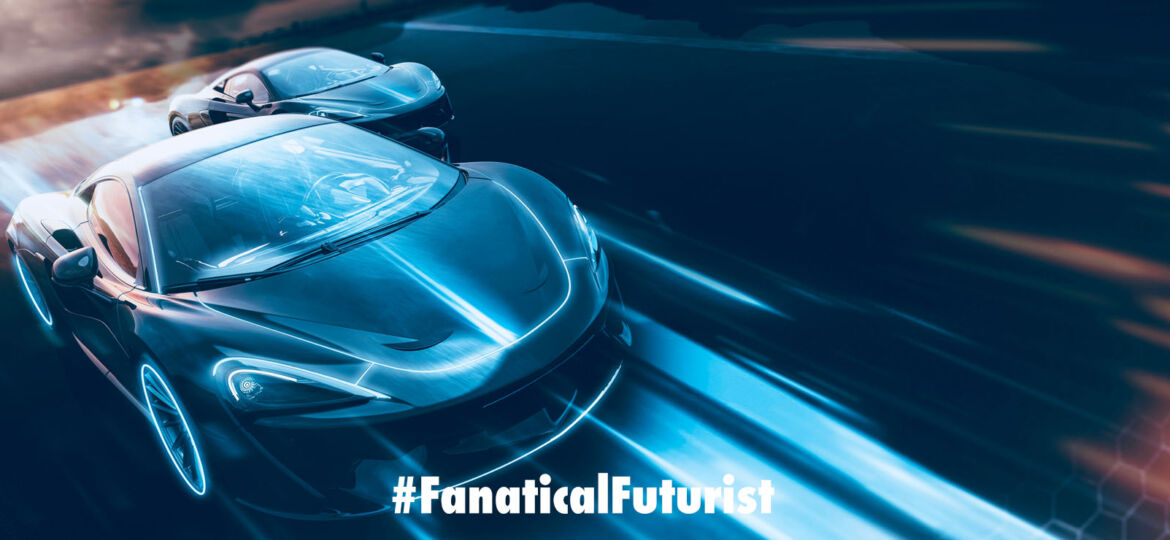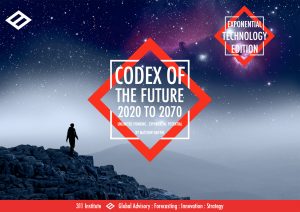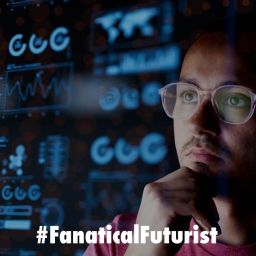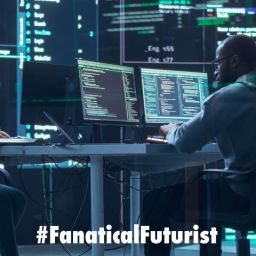
WHY THIS MATTERS IN BRIEF
New Creative Machines can design and innovate new products thousands times faster than humans, and the products they create use less material and are often more sustainable.
 Interested in the Exponential Future? Connect, download a free E-Book, watch a keynote, or browse my blog.
Interested in the Exponential Future? Connect, download a free E-Book, watch a keynote, or browse my blog.
So called creative machines, machines that can both create, or generate, things such as synthetic content, which includes DeepFakes and video, and self-evolving robots, as well as designs for clothes for companies like Amazon, among many other things, and also innovate products, such as parts for Airbus, sneakers for Under Armour, and NASA lunar rovers, are emerging – and they’re improving all the time.
Now, in a move that could see us one day design and 3D print new car models on demand, like Olli a small bus start up that began doing this a while ago, global automaker General Motors (GM) is taking a big leap forward and have announced they’ve started using these same creative machines in anger to help them design and innovate lighter, more efficient, and customizable future cars many times faster than they could have using traditional methods.
Furthermore, by combining these machines with 3D printing, the ability to manufacture the newly minted designs on demand, the company says they are now ready to start “fully exploring how to use [creative machines] to create new [car] designs and efficiently make unique components to customize vehicles.”
Since 2016, GM has launched 14 new vehicle models with a total mass reduction of more than 5,000 lbs., or more than 350 pounds per vehicle, and most of the weight reduction is a result of material and technology advancements.
“On average, there are 30,000 parts in every vehicle,” says GM Director of Additive Design and Manufacturing, Kevin Quinn. “We’re not looking to print all 30,000 pieces. Instead, we’re being very realistic. We’re focused on production opportunities where we can provide a business value for GM and for the customer. For us, it’s not about what you can do; it’s about what you should do.”
“If 3D printing and additive manufacturing were a door to the automotive future, generative design would be the key to unlock it,” he added. “Generative design is a way for us to explore different design solutions for parts and components of our vehicles by using the cloud and artificial intelligence to combine the engineer and the computer. By getting them to work together, we can come up with part-design solutions that would be impossible to generate with either the computer or the engineer working on their own.”
With this model, engineers establish component-design goals and constraints – including parameters such as materials, manufacturing methods, and budget – and then input them into generative design software. The software then uses an algorithm to analyze and evaluate dozens of design permutations and recommends an optimal solution.
“Generative design paired with additive manufacturing can be completely disruptive to our industry,” says Quinn, who adds that the auto industry historically has been impeded by the limitations of traditional manufacturing tools such as mills and injection molds. For one, such tools can fabricate only very simple geometries.
Also, traditional tools are as expensive as they are inflexible, which makes experimentation cost prohibitive. Generative design and additive manufacturing can support infinite design solutions with minimal capital investment.















